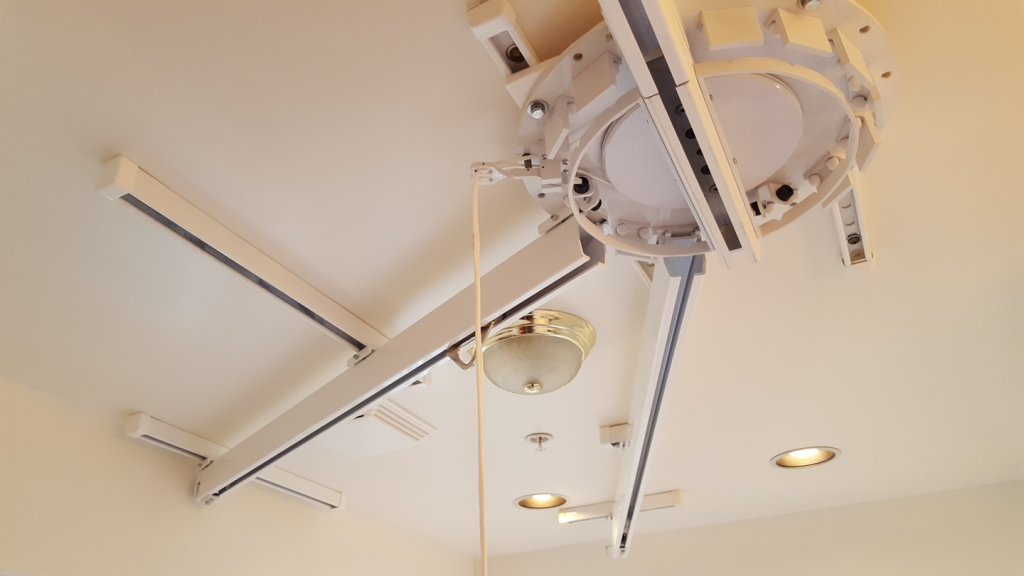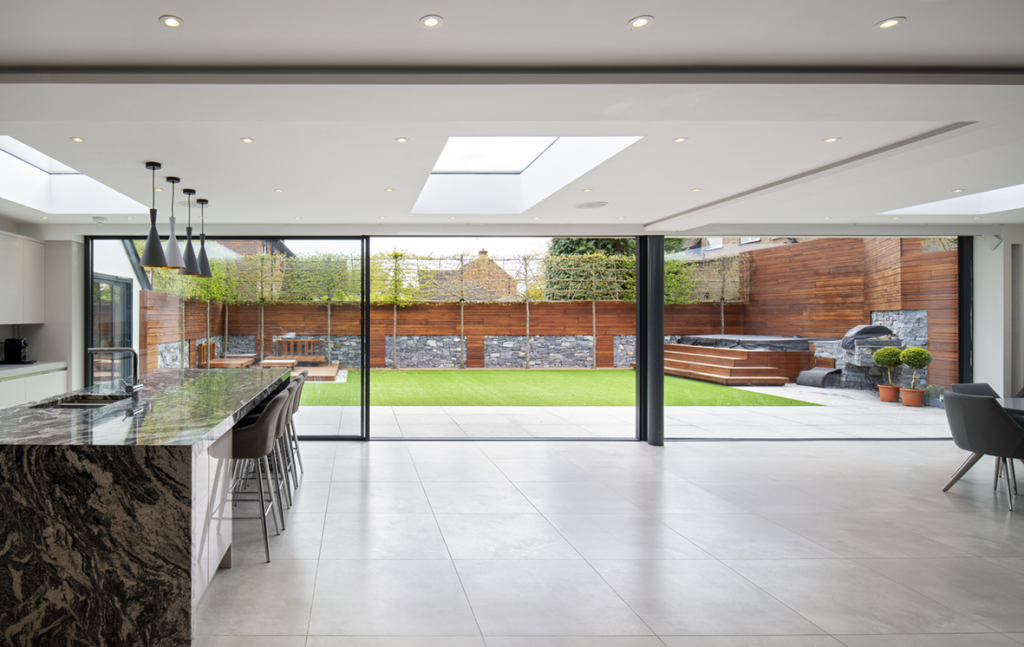Drop ceilings, also known as suspended ceilings, are a common feature in basements, offices, and commercial buildings. While they are practical for hiding plumbing and electrical systems, they can sometimes appear outdated or dull. If you want to give your space a fresh look without a complete renovation, painting drop ceiling tiles is a cost-effective and straightforward solution. In this guide, we will delve into how to paint drop ceiling tiles, covering everything from preparation to the final touches.

Why Paint Drop Ceiling Tiles?
Before diving into the process, it’s essential to understand why painting your drop ceiling tiles can be a beneficial choice. Here are a few compelling reasons:
1. Enhanced Aesthetic Appeal
One of the primary reasons homeowners and business owners choose to paint drop ceiling tiles is to enhance the aesthetic appeal of the room. A fresh coat of paint can completely transform the look of the ceiling, making it more visually appealing and modern.
Read too: Kitchen Lighting For A Vaulted Ceiling: Illuminating Your Space with Style and Functionality
2. Cost-Effectiveness
Replacing drop ceiling tiles can be costly and labor-intensive. Painting is a fraction of the price, allowing you to achieve a new look without breaking the bank.
3. Customization Options
Painting gives you the freedom to customize the color and finish of your ceiling tiles. Whether you want a bright white for a clean look or a bold color to make a statement, the options are endless.
4. Conceal Stains and Damage
Over time, drop ceiling tiles can accumulate stains, water damage, or discoloration. Painting can effectively conceal these imperfections, giving your ceiling a fresh, clean appearance.
How to Prepare for Painting Drop Ceiling Tiles
Step 1: Gather Your Supplies
Before you start, gather all the necessary supplies. Here’s what you’ll need:
- Paint: Choose a high-quality ceiling paint or a paint designed specifically for drop ceilings.
- Primer: A good primer will help the paint adhere better, especially if the tiles are porous.
- Paint Roller: A roller with a long handle is best for reaching high ceilings.
- Brush: Use a paintbrush for cutting in around edges and corners.
- Drop Cloths: Protect your furniture and floor by laying down drop cloths.
- Ladder: Ensure you have a sturdy ladder to reach the ceiling comfortably.
- Masking Tape: Use this to tape off any areas you don’t want to paint.
Step 2: Prepare the Area
- Remove Obstructions: Clear any furniture or items from the area below the drop ceiling. If possible, remove any tiles that are stained or damaged and replace them.
- Cover Surfaces: Use drop cloths to cover the floor and any remaining furniture to protect them from paint splatters.
Step 3: Inspect and Clean the Tiles
Before painting, inspect the tiles for damage. If you notice any mold or mildew, clean the tiles with a mixture of water and mild detergent. For tough stains, you may need to use a specialized cleaner. Once cleaned, allow the tiles to dry completely before proceeding.
How to Paint Drop Ceiling Tiles
Now that you’re prepared, let’s walk through the steps on how to paint drop ceiling tiles effectively.
Step 4: Prime the Tiles
If you are using a primer, it’s essential to apply it first. Here’s how:
- Apply Primer: Using a roller, apply the primer evenly across the tiles. For corners and edges, use a brush for better precision.
- Drying Time: Allow the primer to dry completely according to the manufacturer’s instructions. This usually takes about an hour, but check the label for specifics.
Step 5: Choose the Right Paint
For painting drop ceiling tiles, select a high-quality paint that is specifically designed for ceilings or a semi-gloss finish. Semi-gloss paints are more durable and easier to clean.
Step 6: Painting Process
- Start with Edges: Use a brush to carefully paint the edges of the tiles first. This step ensures that you have clean lines along the perimeter.
- Roll the Main Areas: Once the edges are done, use a roller to paint the flat surfaces of the tiles. Work in small sections to maintain a wet edge, preventing roller marks.
- Apply Multiple Coats: Depending on the color and finish, you may need to apply multiple coats of paint. Allow the first coat to dry completely before applying the second coat.
Step 7: Final Touches
After the final coat is dry, inspect your work. Touch up any spots that may need additional paint or attention.
Step 8: Clean Up
Once you’re satisfied with the painting, remove any masking tape carefully while the paint is still slightly wet to ensure clean lines.
Maintenance Tips for Painted Drop Ceiling Tiles
Once your drop ceiling tiles are painted, proper maintenance can help keep them looking fresh and new.
1. Regular Cleaning
Dust and dirt can accumulate on your ceiling tiles, so make it a habit to dust them regularly. Use a microfiber cloth or a soft duster to gently wipe the tiles.
2. Avoid Harsh Chemicals
When cleaning, avoid using harsh chemicals that could damage the paint finish. A mixture of mild soap and water is usually sufficient.
3. Check for Damage
Periodically inspect your tiles for any signs of damage, such as cracks or discoloration. Address any issues promptly to maintain the overall appearance.
Conclusion: Revitalize Your Space with Painted Drop Ceiling Tiles
Painting your drop ceiling tiles can significantly enhance the overall look and feel of your space. Not only does it offer a cost-effective solution to outdated ceilings, but it also provides an opportunity for customization and creativity.
By following the steps outlined in this guide on how to paint drop ceiling tiles, you can transform your room into a more inviting and aesthetically pleasing environment. With a little effort and the right tools, you can enjoy a fresh and stylish ceiling that enhances your home or office.


















